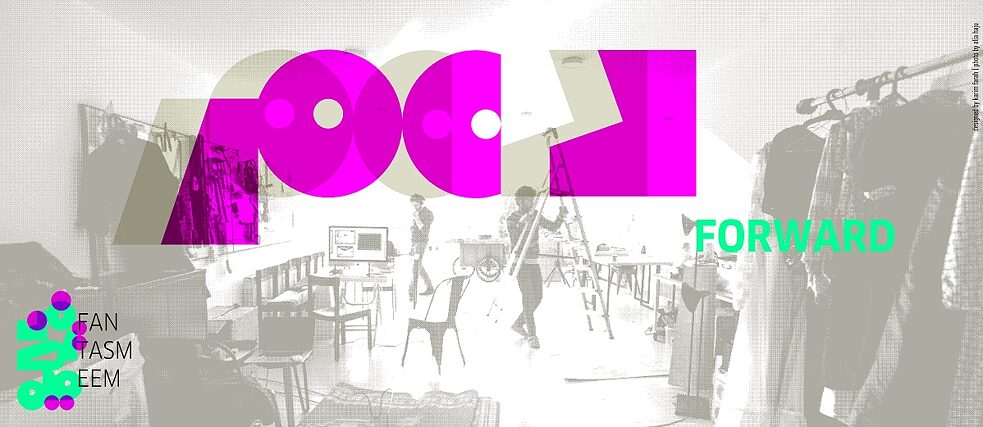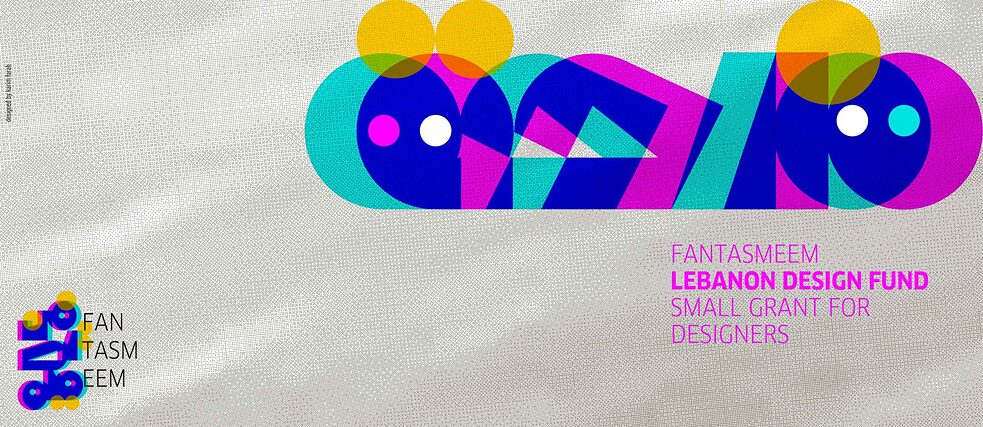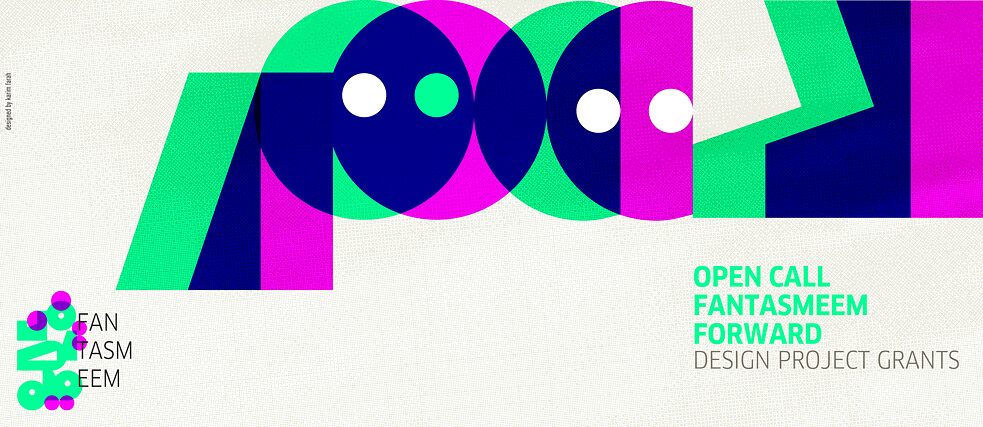Lebanon Design Fund
January 1, 2021 - July 14, 2021
The Lebanon Design Fund was launched after the Beirut explosion and was intended to help support creatives in the fields of design, arts and crafts residing in Lebanon, whose income has been severely affected in these times of crises and pandemic, by providing temporary financial support.
The fund supported 15 freelance creative professionals and teams whose existing initiatives or projects were halted because of overlapping crises and the Covid-19 pandemic or who were contributing to the rehabilitation efforts in Beirut by offering their services to rehabilitate cultural and creative spaces damaged by the Beirut explosions. The fund aimed to allow them professional continuity and further professional development.
Forward Fund
July 1, 2019 - November 30, 2019
FANTASMEEM Forward supported designers to become creative entrepreneurs by implementing their innovative business ideas. Besides receiving a grant for design projects, the participants were continually accompanied by mentors, got access to a working space and benefitted from workshops adapted to their needs.
The program gave designers based in Lebanon the chance to develop their creative idea into a sustainable creative business, by turning their ideas into minimum viable products or by improving their business structure if they already had a design startup/studio or were in the process of starting a new one. The five selected projects presented design practices that focused on social or environmental needs and were strongly responsive to their contexts.


